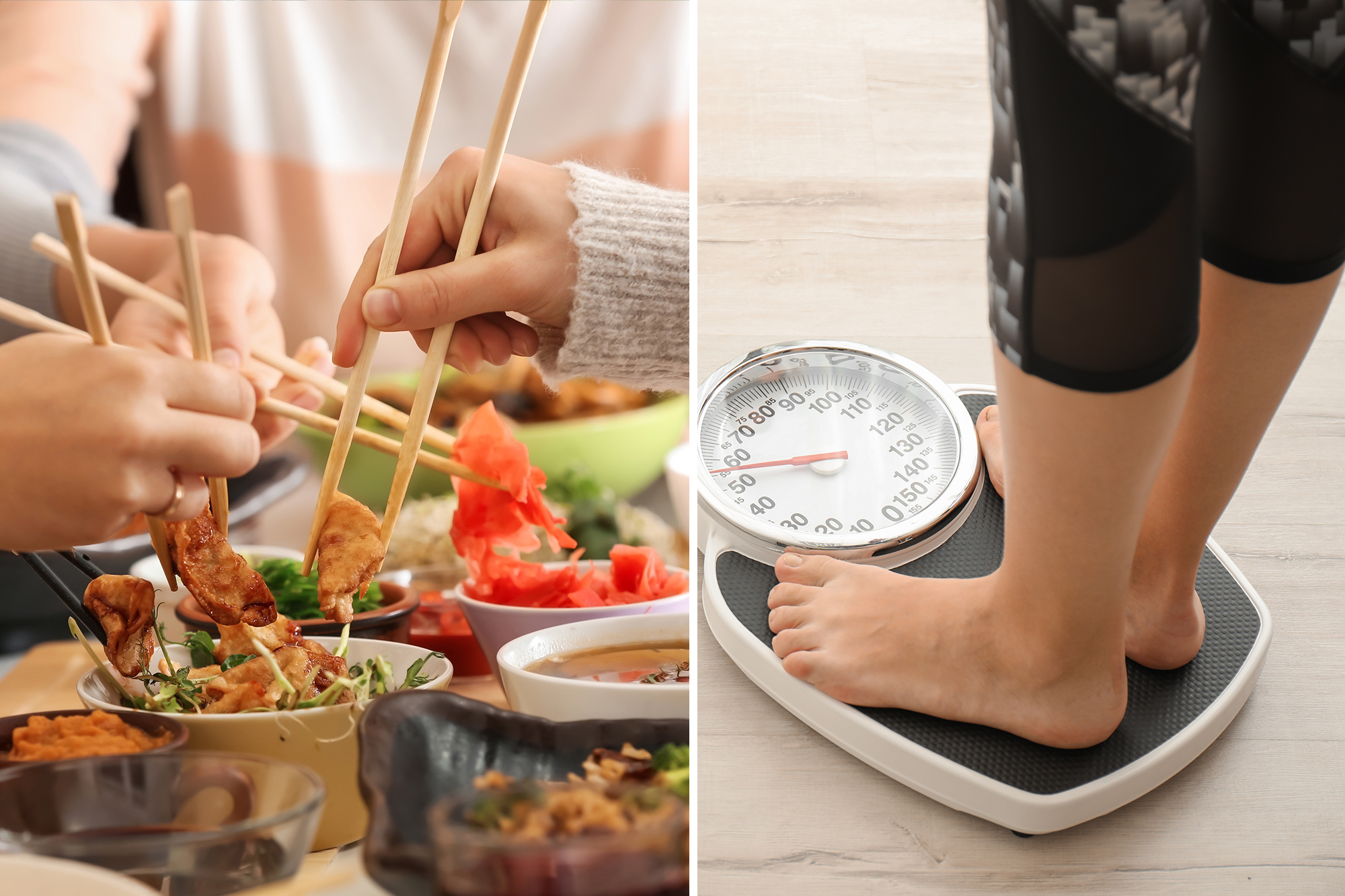Red Flaques Peppers?
Scientists at the Penn State University Sensory Evaluation Center have found that a little heat is a long way to limit the calorie intake when it comes to eating.
Its findings, which will be published in the October issue and the preference of food, suggest that the “oral burning” left by spicy foods has direct support in consumer habits and adding a little more species to a meal can cause less.
“We know in previous studies that when people slow down, they eat significantly less,” said Paige Cunningham, a postdoctoral researcher and author of the study obtained his Penn State Nutritional PhD in 2023.
“We suspected that making a more Spice meal could stop people.
“We think, we test, in experimental conditions controlled in the laboratory, if we add a small number of species, but not so much that the food is indisputable, it will make people eat slower and thus eat less.”
The research team performed three experiments in which participants were served one of the two meals: the beef chili or the Tikka Masala chicken in two versions, soft or spicy.
Researchers found that increasing levels of species with Chile dry pepper slowly slowed down the feeding rate and reduced the amount consumed without affecting general palatability.
“This aims to Chilies added as a potential strategy for reducing the risk of energy overload,” said John Hayes, Professor of Food Sciences at PENN and author corresponding to the document.
“Although the control of the portions was not the explicit objective of this study, our results suggest that this could work.”
Hayes said that an intuitive explanation for the calorie discrepancy would be that spicy dining rooms drank more water, leading them to “fill” faster. However, the water intake was consistent, whether the participants ate gentle or spicy meals.
“That is why we have to do empirical studies of behavior, because what you could expect intuitively often is not the case,” he said.
The study suggests that the reduction of caloric intake is motivated by oral processing; In essence, participants consumed more poignant meals at a slower rate.
Cunningham noted that a slower feeding rate is equivalent to the foods that remain in the mouth for a longer period of time, which may indicate satiety and bring people to eat less.
In addition, the team found that the appetite assessments taken before and after the meals were congruent, which indicates that, despite eating -less, the participants felt full after putting on a spicy meal.
“The next time you are looking for eating a little less, try to add a explosion of chilies as it can stop you and help you eat less,” Hayes suggested.
In addition to curbing the wishes, eating spicy food is associated with a lot of health benefits.
Studies suggest that the capsaicine, the compound found in Jalapeños, Habaneros, Cayenne and most other peppers, can decrease the LDL, or bad cholesterol, which accumulates on the walls of the artery and restricts blood flow to the heart.
Spicy foods can also help to expand blood vessels, promote circulation and help manage blood sugar.
A 2006 study in Cancer magazine suggested that capsaicin may inhibit the propagation of prostate cancer cells. Spicy foods also increase immunity, as studies suggest that they can act as decongestant, protecting against irritants and pollutants, such as dust and smoke.
Better and better for your health, a Harvard University study suggested that people who ate by spicy food each day had a 14 percent risk of death compared to people who ate spicy food only once a week or less.
Take away? Drive your life to save you!
#Making #unique #change #food #eat #general
Image Source : nypost.com
